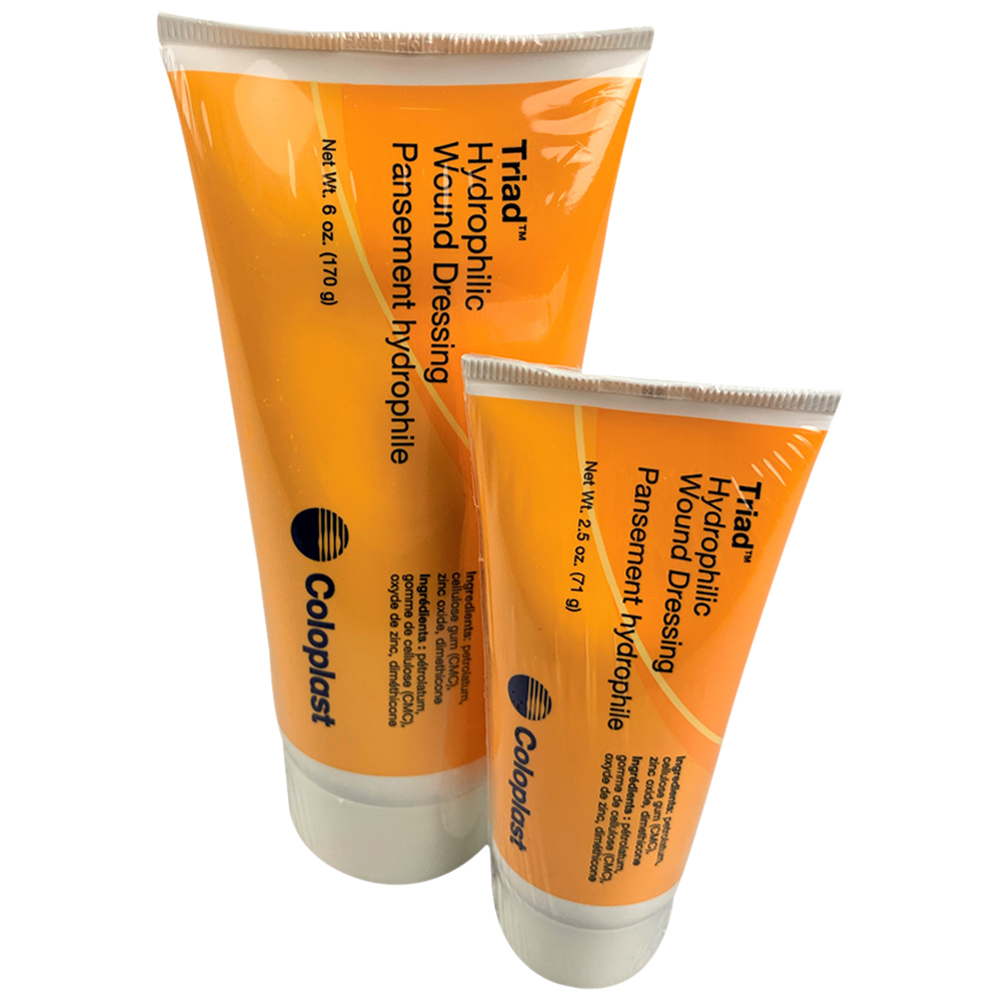
Triad Hydrophilic Wound Dressing
Triad hydrophilic wound dressings use a zinc oxide-based paste to absorb low to moderate amounts of fluid. At the same time, the solution once applied

The first stage of a venous leg ulcer is typically discreet and often unnoticed. At first, the area may appear red and inflamed, resembling less serious conditions like a bug bite or a bruise. This stage can be easily overlooked as it might not cause significant discomfort.
As the condition progresses, there could be leakage of a small amount of fluid, indicating the onset of further ulceration. It is at this point that a person may notice additional changes:
Prompt identification and treatment at this early stage can prevent the ulcer from developing further and reduce the risk of complications. Recognizing these early signs is critical for timely medical intervention, which is essential in managing the condition effectively.
The treatment for venous leg ulcers focuses on improving circulation and healing the wound itself. This typically involves the following steps:
Treatment duration can vary, with some ulcers healing within a few months, while others may take longer. In some cases, surgical intervention may be required to address underlying venous insufficiency.
It’s best to consult a medical professional to discuss a course of action for your unique case.
Expert consensus advocates for a moist wound healing environment, which has been shown to promote faster healing and reduce pain. However, moisture balance is key:
To keep this delicate balance in check, the dressing choice and frequency of dressing changes are paramount, and a healthcare provider can guide them to ensure optimal healing conditions.
When selecting dressings for venous leg ulcers, silicone foam dressings are highly recommended for wounds that are moderately to highly exuding.
These dressings cater to the delicate nature of the surrounding skin, allowing them to be adjusted and repositioned without losing their adhesive properties or causing further skin damage.
For instances where the wound exudate is particularly heavy, super-absorbent dressings are available that are designed to handle a higher volume of fluid while maintaining a moist environment conducive to healing.
Useful dressings include:
For more information, check out our post detailing How 3M Products Can Help Heal a Venous Leg Ulcer.
It’s important to select a dressing that suits the patient’s needs, taking into account factors like pain levels, allergy history, exudate volume, and ulcer size.
Dressings should be simple and cost-effective while also being comfortable for the patient. Regular assessments by healthcare providers are necessary to adjust the treatment plan as the ulcer heals.
Dressing a venous leg ulcer is crucial for promoting healing and preventing infection. The approach to dressing venous leg ulcers generally involves several steps:
Applying the appropriate dressing and compression therapy can aid symptom control and optimize the wound environment, which are critical steps in promoting the healing of venous leg ulcers.
Triad Hydrophilic Wound Paste stands out as a beneficial cream to manage wound exudate while promoting an optimal healing environment. Its primary function is to absorb and control varying levels of exudate.
Furthermore, this paste is advantageous for:
In terms of application, the paste is sterile and latex-free, making it a safe option for most patients, including those with sensitive skin or latex allergies.
As always, it’s best to consult a medical professional familiar with your case and unique situation for proper guidance on treatment.

Triad hydrophilic wound dressings use a zinc oxide-based paste to absorb low to moderate amounts of fluid. At the same time, the solution once applied

Cutimed Sorbion Border is a high performance superabsorber with a new high tack silicone border for atraumatic application.
How Cutimed® Sorbion® Border works
Cutimed®
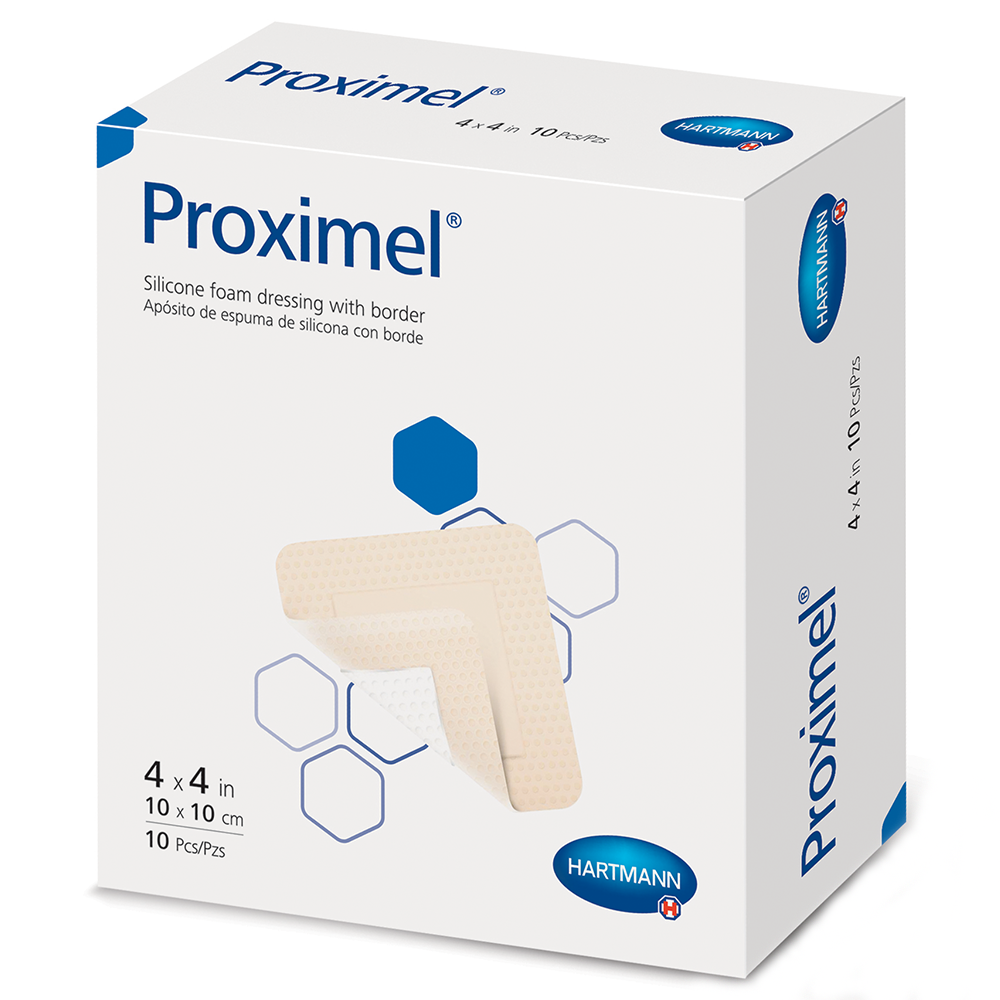
Designed for treating moderately to heavily exuding wounds, Proximel® bordered silicone foam dressings utilize an innovative five-layer design that improves patient comfort, reduces complications and
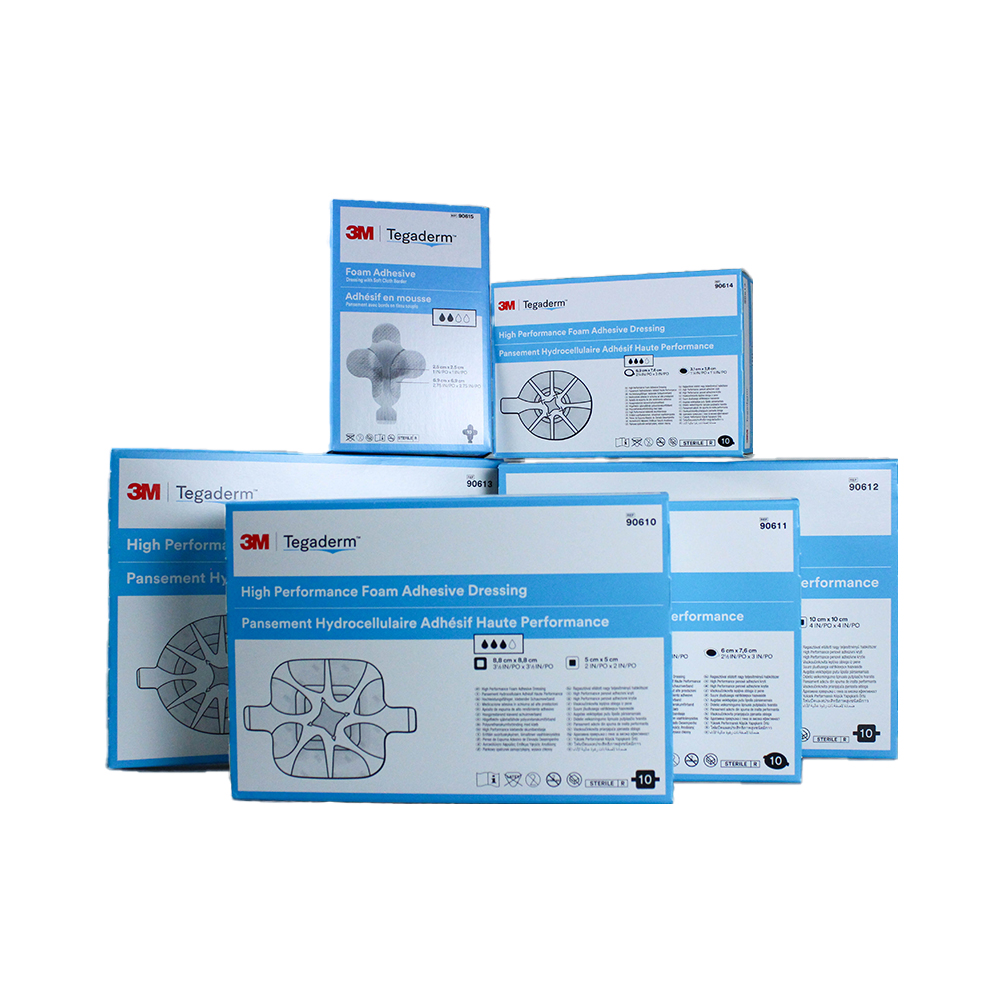
An adhesive foam dressing that effectively handles low to high exudating wounds. Innovative layer technology absorbs and evaporates moisture to maintain an optimal wound healing

You may wonder, “why is my wound not healing?”. Generally, wounds can heal alone, especially

Exudate management is a key factor in treating patients with hard-to-heal wounds. Exudate plays an
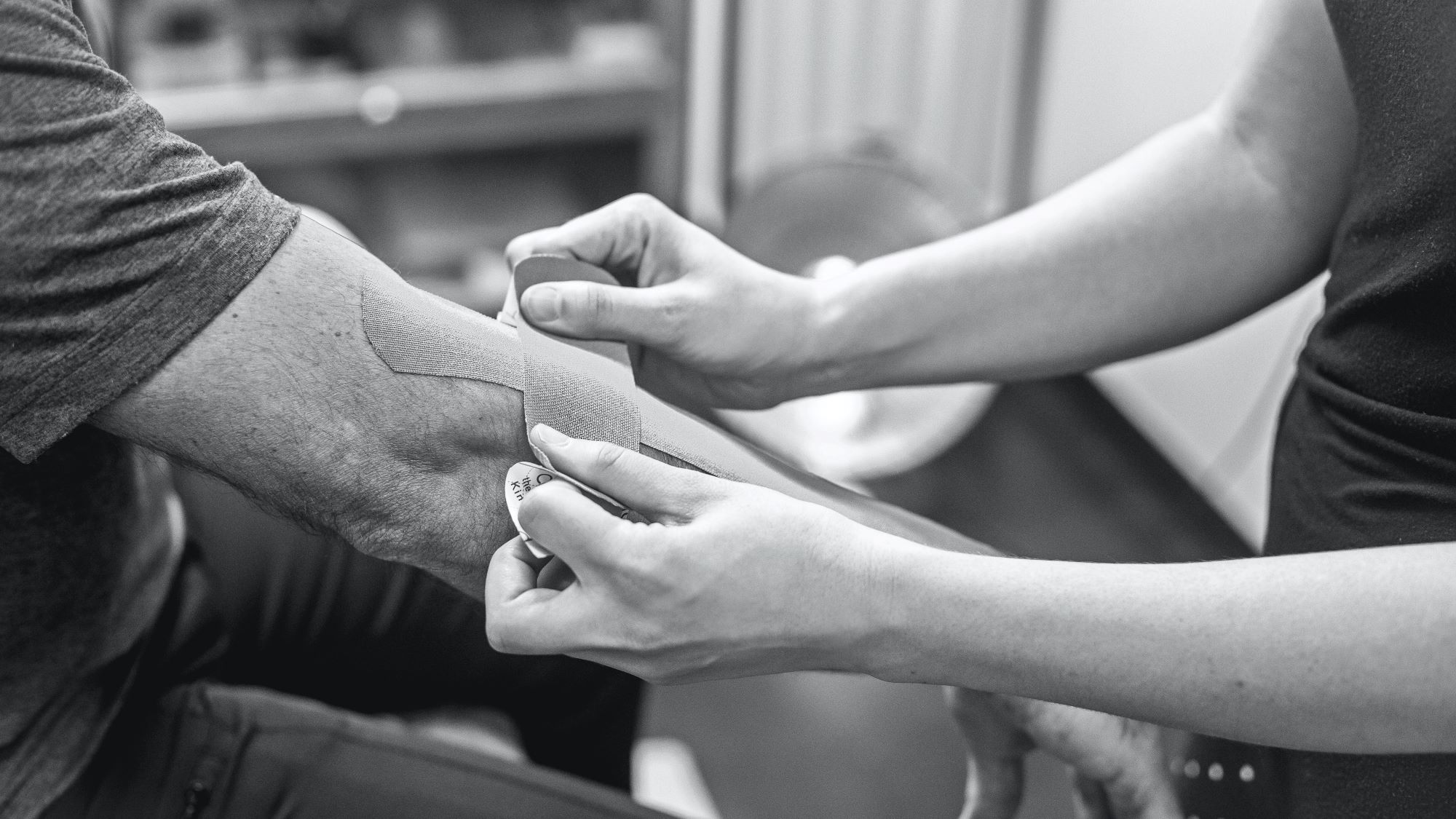
Chronic wounds are, by definition, difficult to heal. An entire area of medical specialty is
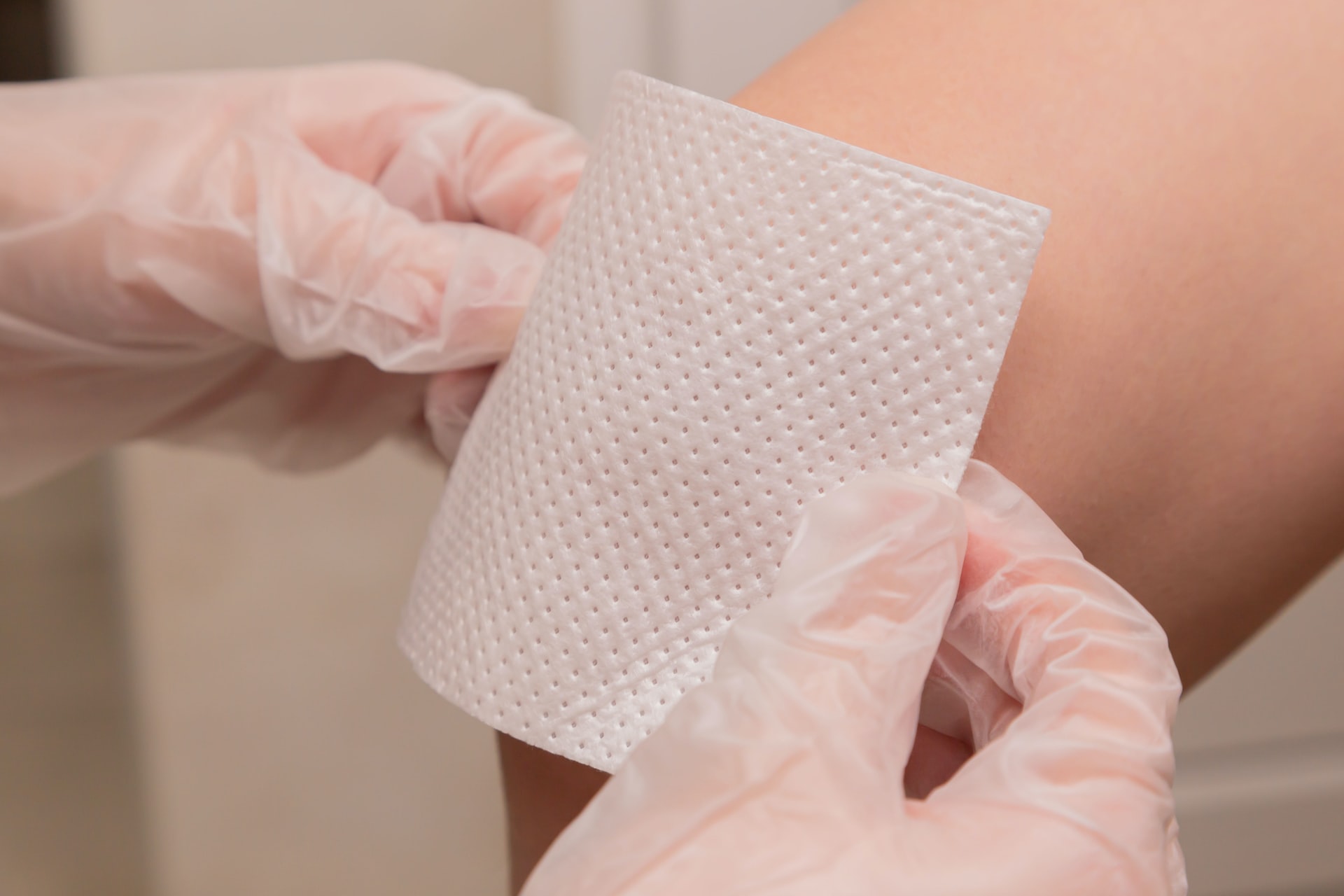
When a wound occurs – be it a cut, abrasion, laceration or burn – it
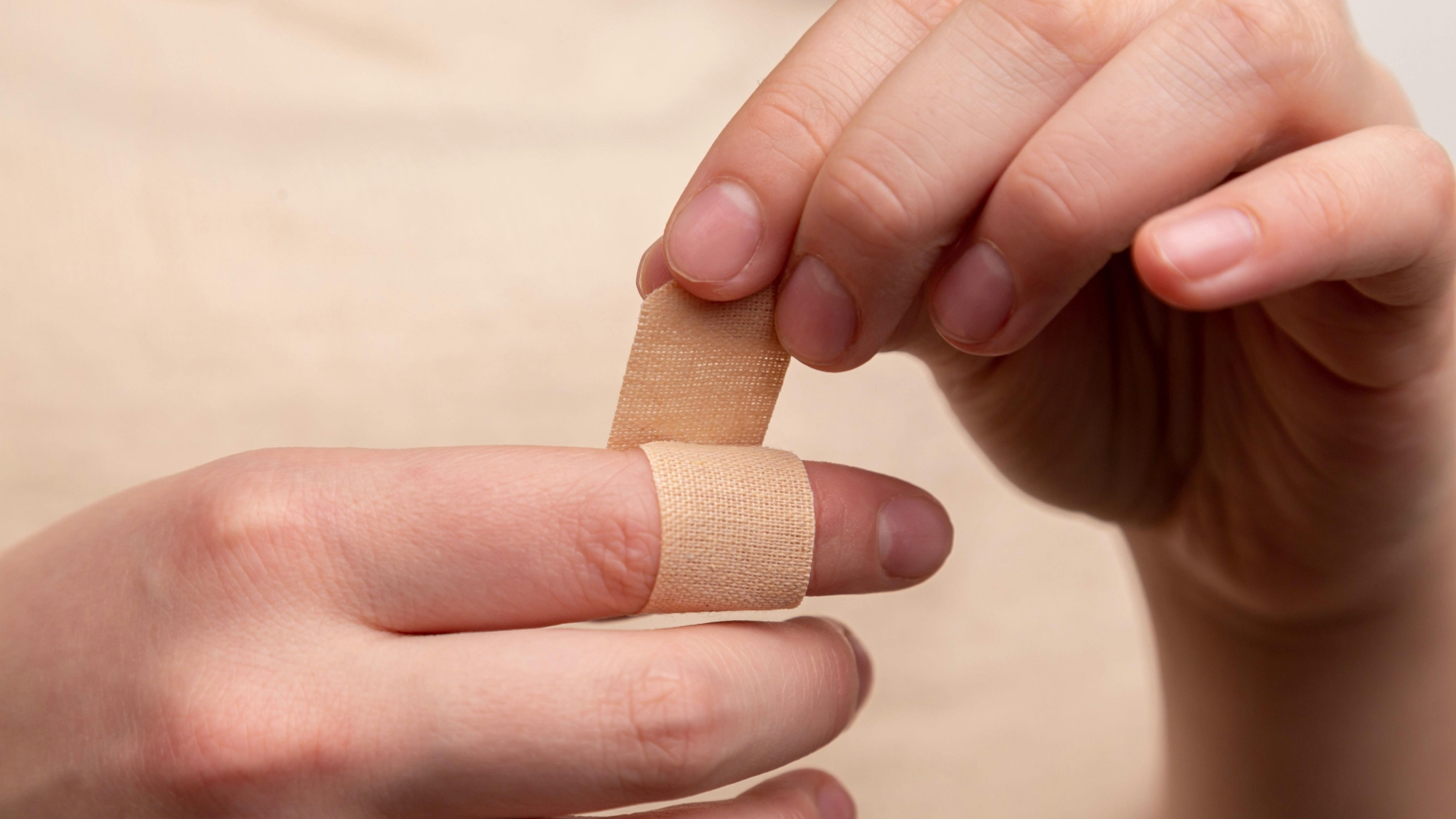
Ever faced the daunting task of dressing a wound? It’s not as straightforward as you
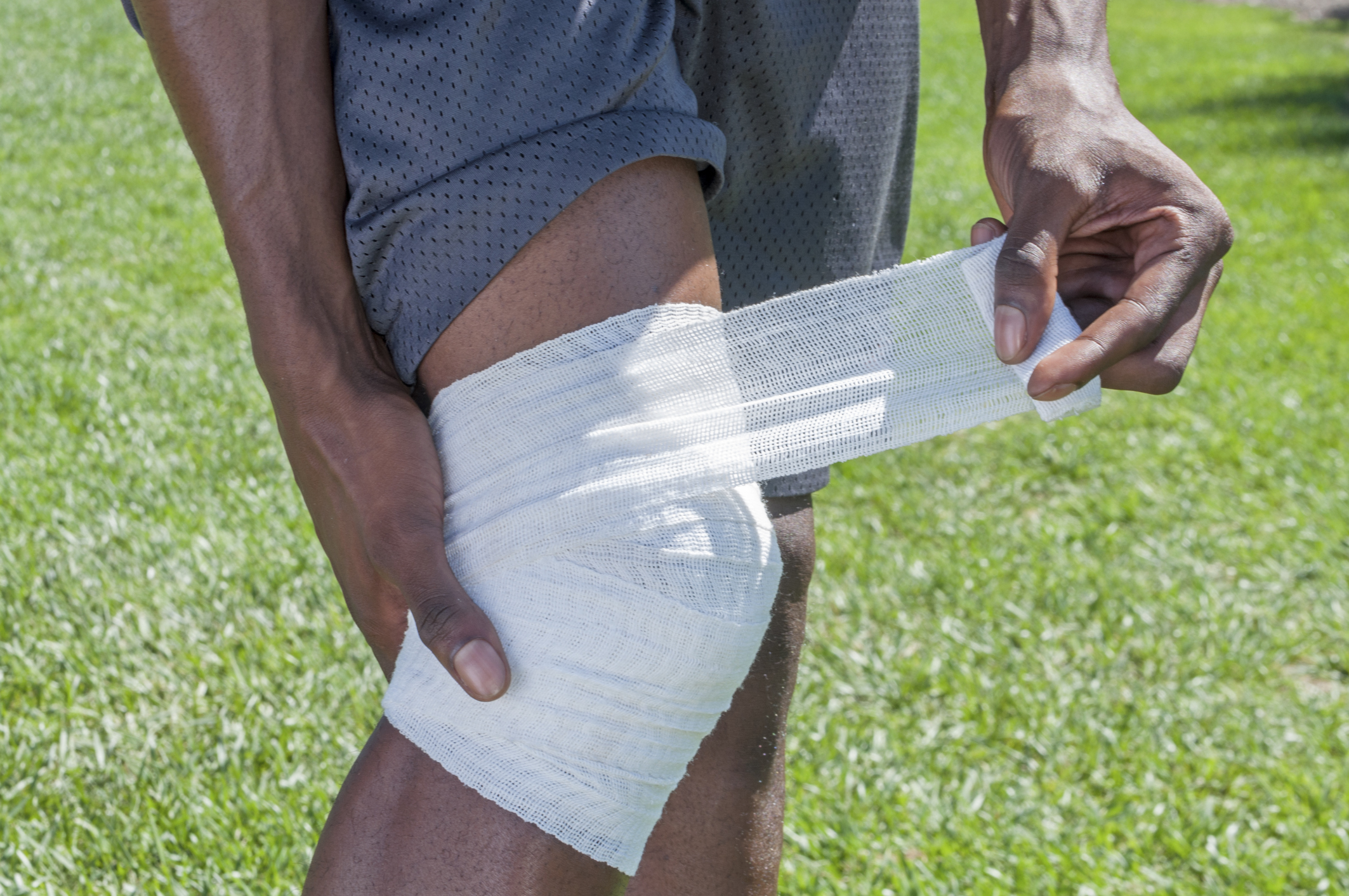
A compression bandage, sometimes referred to as a Tensor bandage, is an elastic strip or
